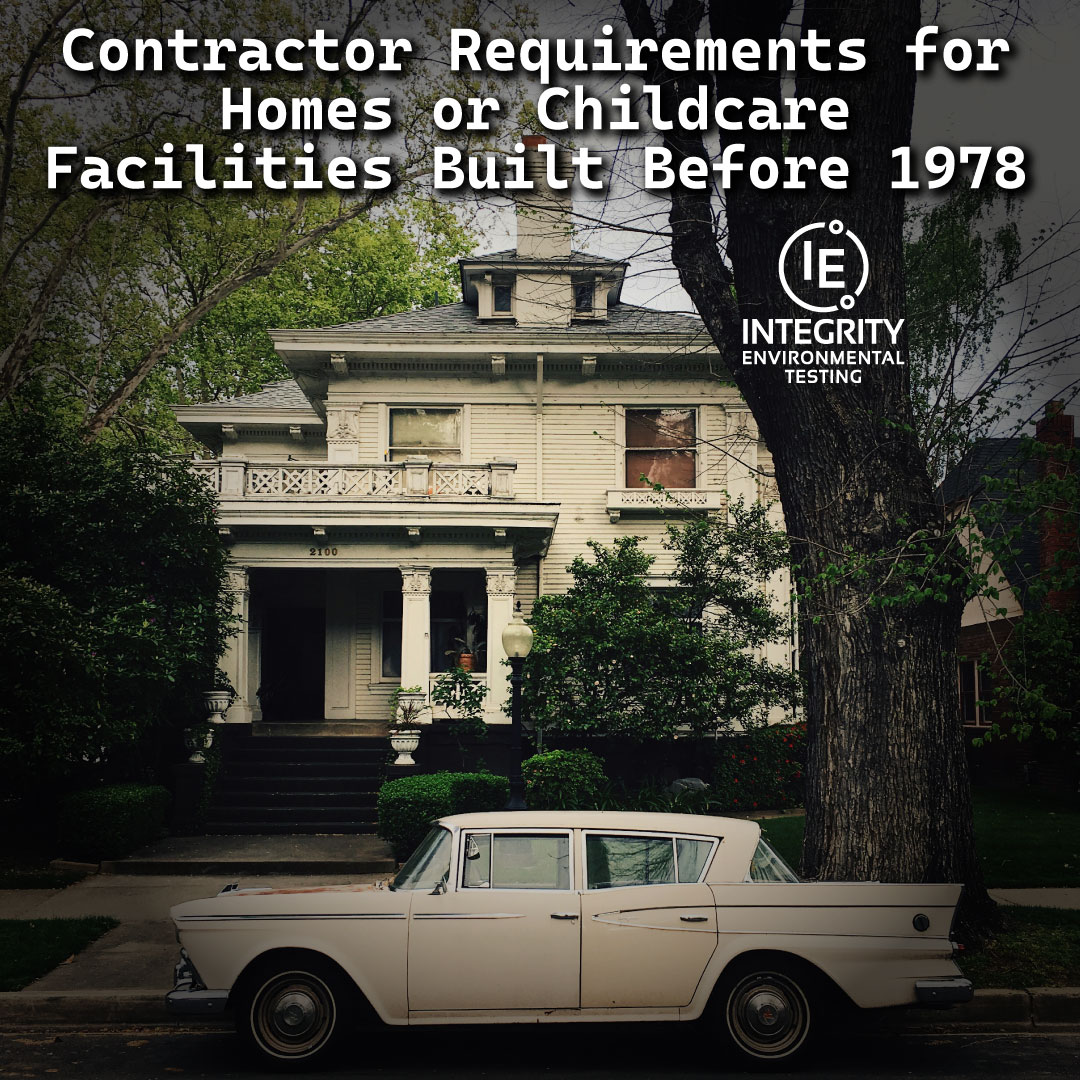Renovating or remodeling a home is an exciting endeavor, but it comes with responsibilities, especially when working on older properties. Homes built before 1978 often contain lead-based paint, which poses significant health risks if disturbed during construction activities. In this article, we’ll explore what contractors are required to do when working on pre-1978 homes or childcare facilities to ensure lead safety for occupants and workers alike.
Starting with the Risks of Lead-Based Paint…
Lead-based paint was commonly used in residential properties before its ban in 1978. When this paint deteriorates or is disturbed during renovations, it can release toxic lead dust into the air, posing health hazards, particularly to children and pregnant women. Recognizing these risks, regulatory agencies have established guidelines to protect against lead exposure during construction and renovation projects.
Compliance with Lead Safety Regulations
Contractors working on pre-1978 homes or childcare facilities are subject to lead safety regulations, including the Environmental Protection Agency’s (EPA) Renovation, Repair, and Painting (RRP) Rule. This rule requires contractors to follow specific lead-safe work practices to minimize lead exposure risks during renovation, repair, or painting activities. Regulation 19 is Colorado’s legal requirements for lead abatement.
Key Requirements for Contractors
- Certification
Contractors must be EPA-certified to conduct renovation, repair, or painting projects in pre-1978 properties. Certification ensures that contractors are trained in lead-safe work practices and understand the importance of lead safety compliance.
- Lead-Safe Work Practices
Contractors must implement lead-safe work practices to contain lead dust and debris, minimize exposure risks, and protect occupants and workers. This includes using containment barriers, HEPA vacuuming, wet cleaning methods, and proper waste disposal procedures.
- Lead Testing and Inspection
Before starting work, contractors must determine if lead-based paint is present in the property. This should involve hiring a separate certified lead inspector to assess the presence of lead hazards and develop appropriate risk management strategies.
- Occupant Notification
Contractors are required to provide occupants with information about lead-based paint and the potential risks associated with renovation activities. This includes distributing EPA-approved pamphlets, such as the “Renovate Right” brochure, and obtaining written acknowledgment of receipt from occupants.
- Cleanup and Verification
After completing renovation work, contractors must thoroughly clean the work area to remove lead dust and debris. Verification procedures, such as visual inspections or clearance testing, may be required to ensure that the property is safe for occupancy.
Importance of Compliance
Compliance with lead safety regulations is essential not only for legal reasons but also for protecting public health and safety. By following lead-safe work practices and adhering to regulatory requirements, contractors can minimize the risk of lead exposure for occupants, workers, and the surrounding community.
When working on pre-1978 homes or childcare facilities, contractors play a crucial role in ensuring lead safety. By obtaining proper certification, implementing lead-safe work practices, conducting lead testing and inspection, and adhering to regulatory requirements, contractors can mitigate the risks associated with lead exposure and contribute to healthier living environments for occupants. Prioritizing lead safety in construction and renovation projects is not only a legal obligation but also a moral imperative to protect the well-being of all individuals involved.

